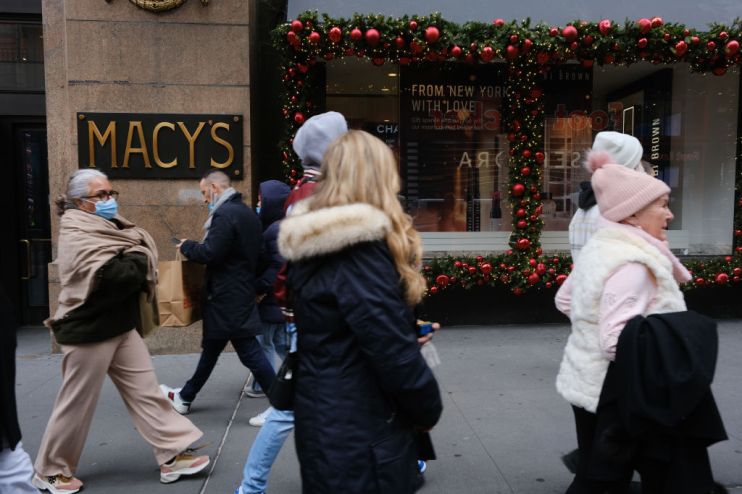Near-four decade high US inflation print piles pressure on Federal Reserve to act

Inflation in the US is roaring at the fastest rate since 1982, piling pressure on the Federal Reserve to act now to tame the soaring cost of living across the pond.
Prices are seven per cent higher than they were a year ago in December, according to official statistics published by the US Bureau of Labor Statistics today.
The 39-year high inflation rate will leave Fed chair Jerome Powell reeling as the central bank has a target to keep inflation at an average of two per cent.
Experts have been critical of the central bank maintaining ultra-stimulative policy to prop up the economy during the Covid-19 crisis whilst the US recovery has roared ahead in 2021 by justifying inflation as “transitory”.
The wave of bond buying that has flooded financial markets and record low interest rates have intensified inflationary pressures, some economists argue.
The world’s most influential central bank has set out its intent to get a handle on the cost of living, with Powell announcing yesterday inflation is now front of mind for the Fed this year.
Economists are pencilling in at least four rate hikes from the Fed by the end of 2022, beginning this March.
“This is every bit as bad as we expected. We expect the Fed to begin hiking interest rates in March, with a total of four 25 basis points hikes this year and another four in 2023,” Paul Ashworth, chief US economist at Capital Economics, said.
The historic high US inflation print could be a sign of things to come in the UK as the two economies are suffering from similar factors that are driving the cost of living higher.
“Blame supply chain pressures,” which have also spiked the British economy, for inflation taking off, Ian Shepherdson, chief economist at Pantheon Macroeconomics, said.
“We see no sign yet that these pressures are fading,” he added.
Energy prices are over 29 per cent higher than they were a year ago in America, while The cost of second-hand cars are more than 37 per cent higher than they were a year ago.
Britain’s inflation rate is set to soar to as much as seven per cent this April after the energy regulator, Ofgem, price cap hike takes effect.
The Bank of England will launch a rate hike spree this year, hoisting borrowing costs at least four times in 2022, to hose down runaway inflation, according to Capital Economics.
A global semiconductor crunch that has choked car production has resulted in used-car prices soaring as consumers scramble to buy substitutes.
The cost of second-hand cars are more than 37 per cent higher than they were a year ago.